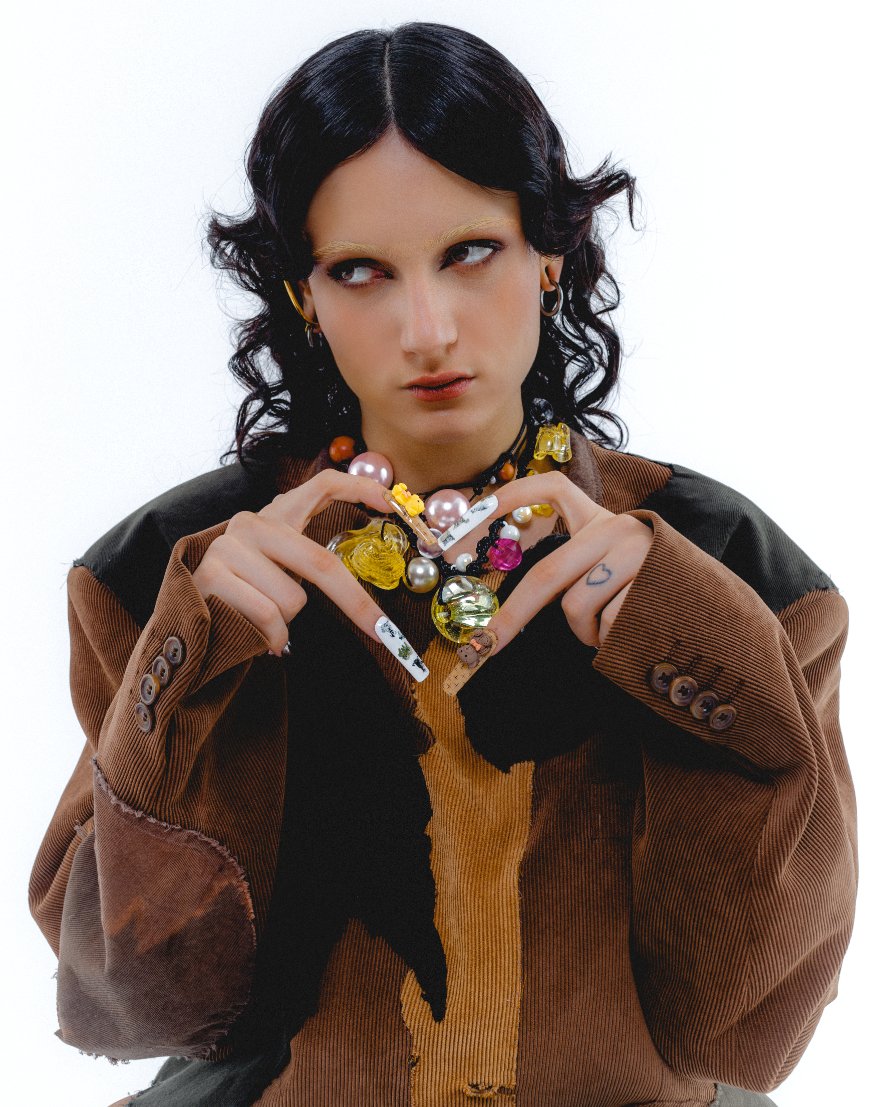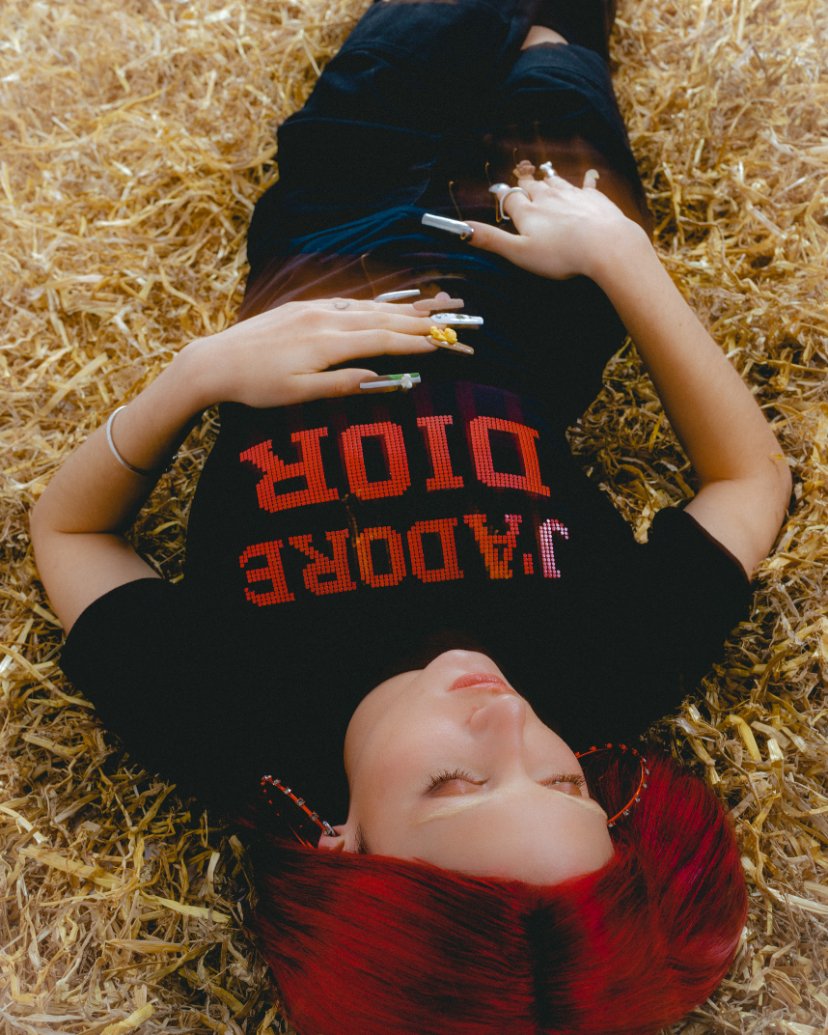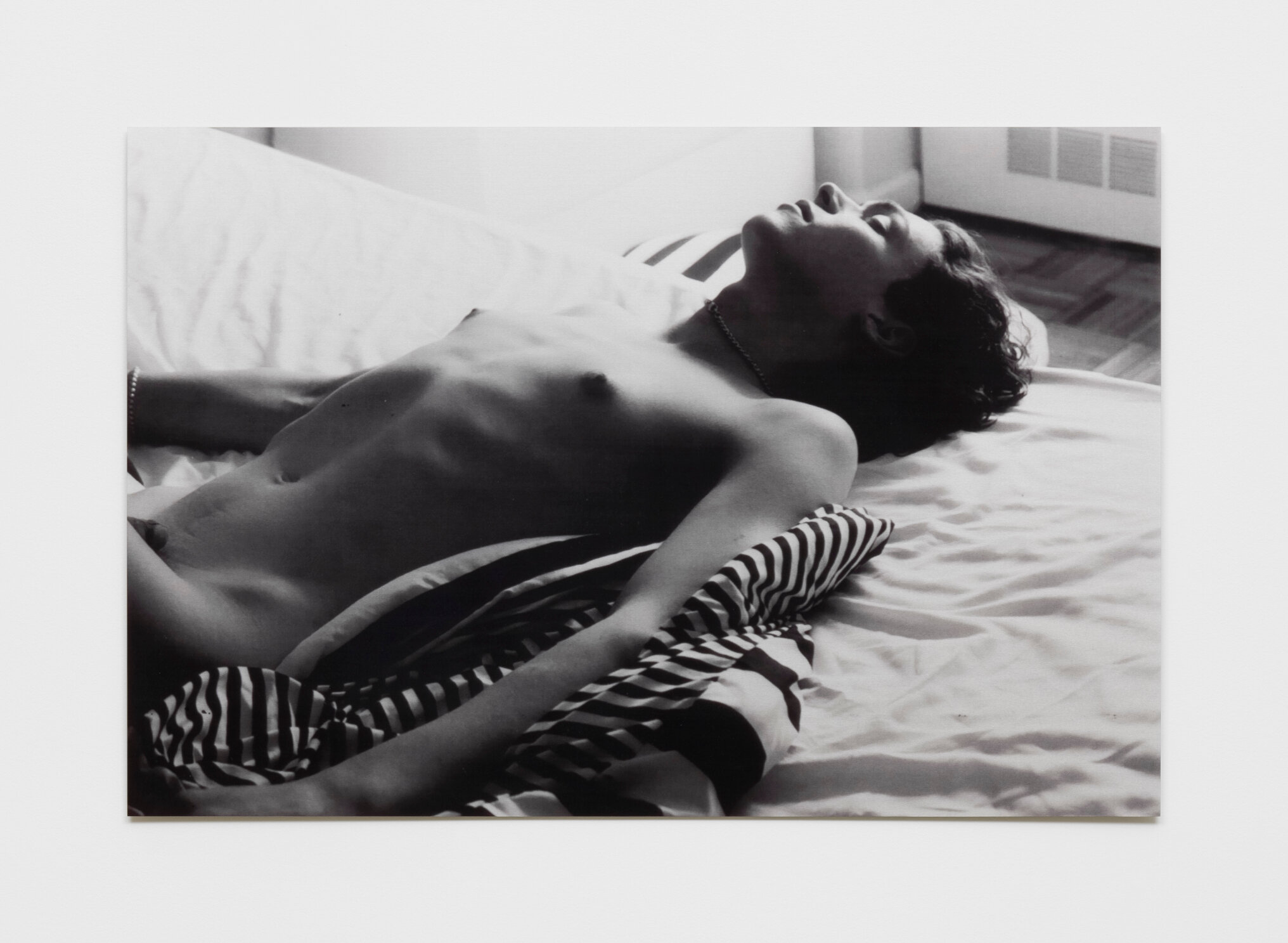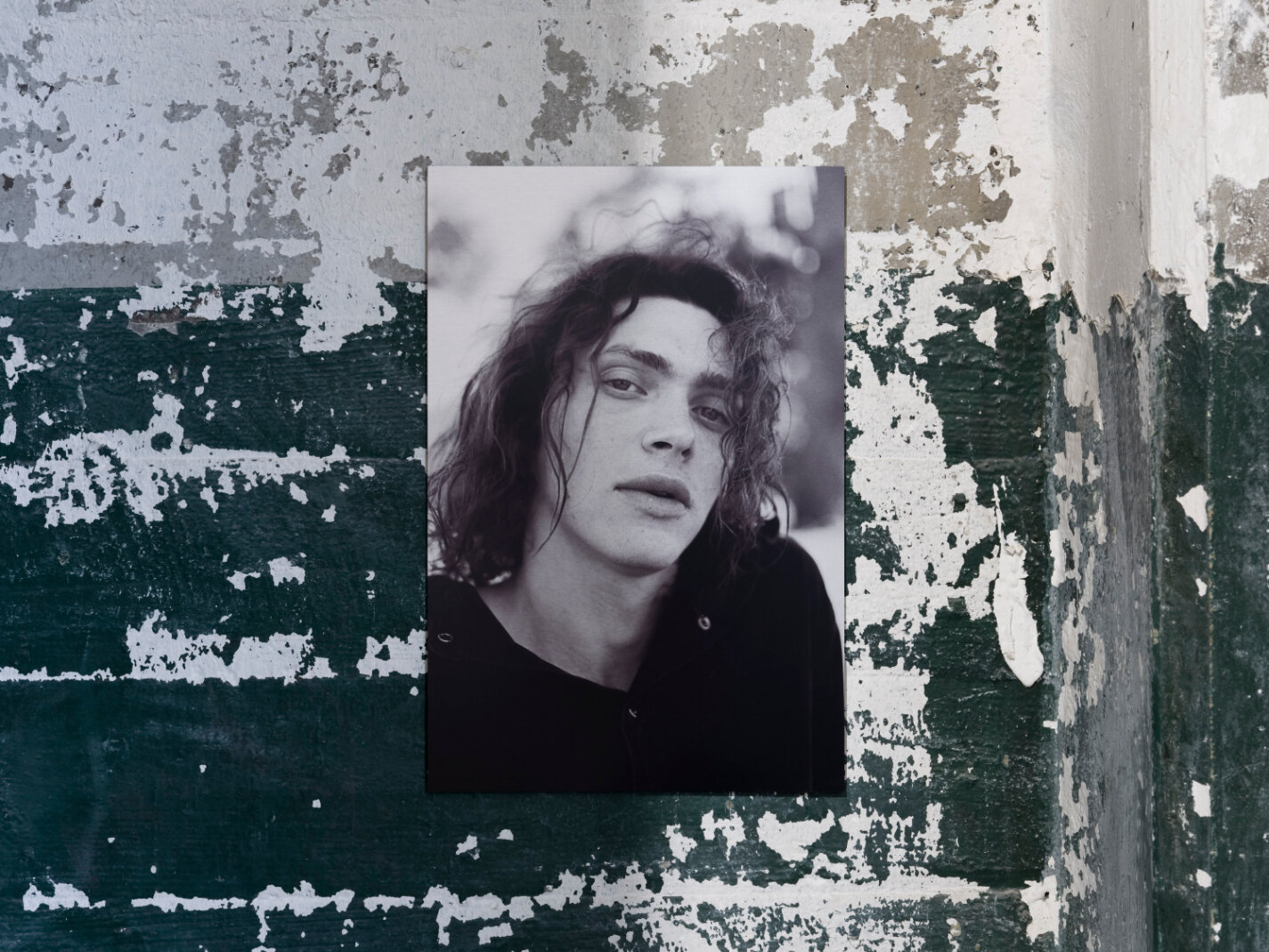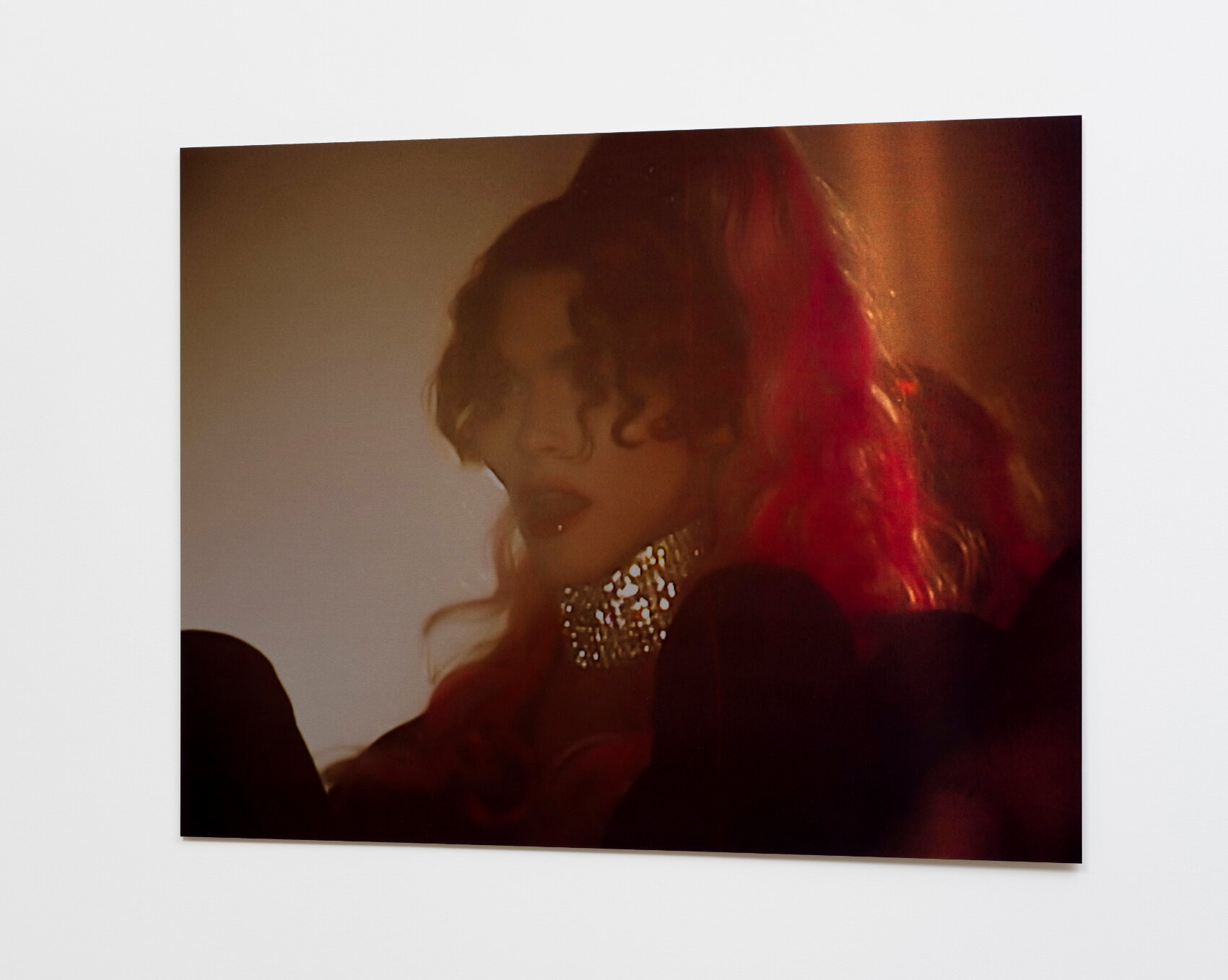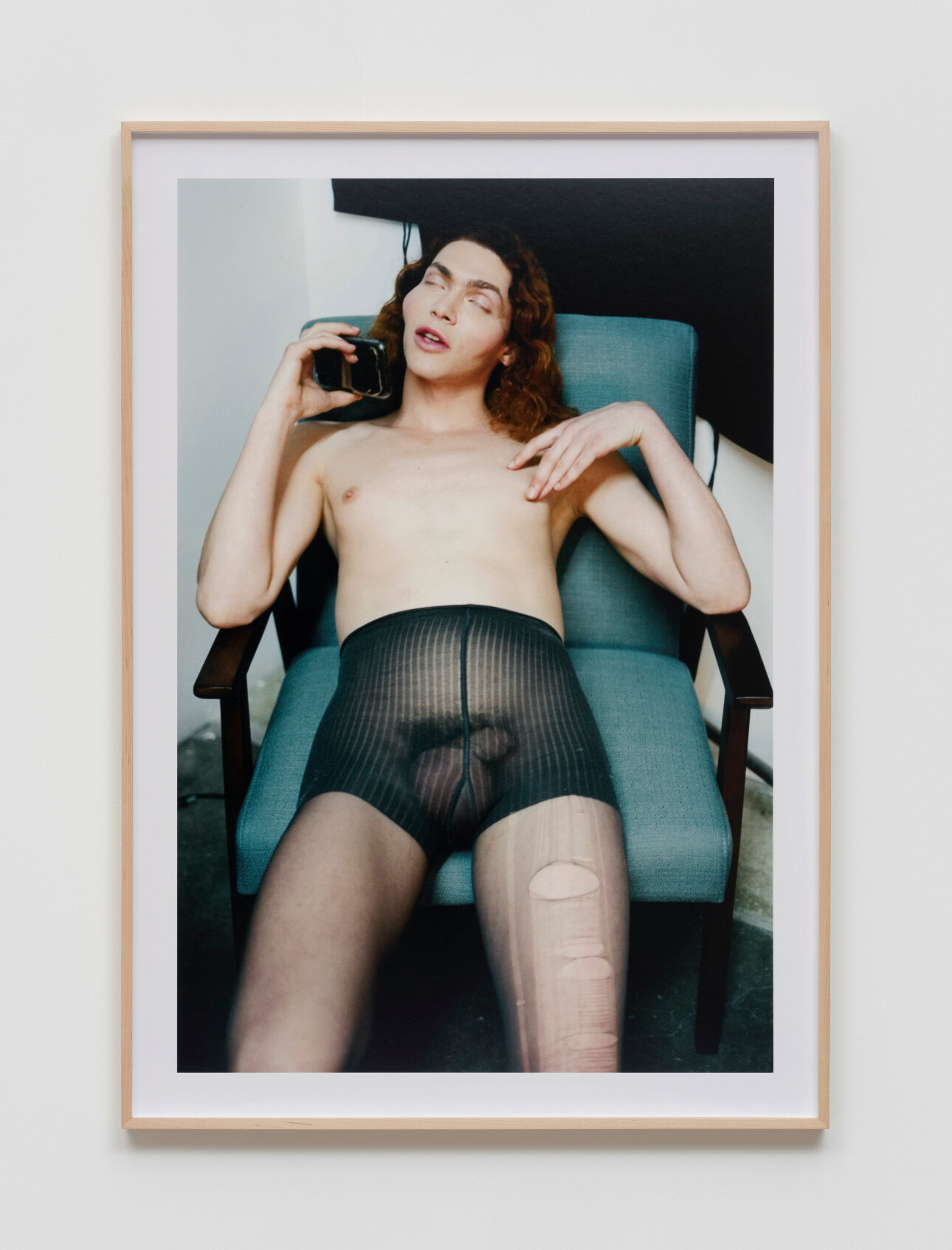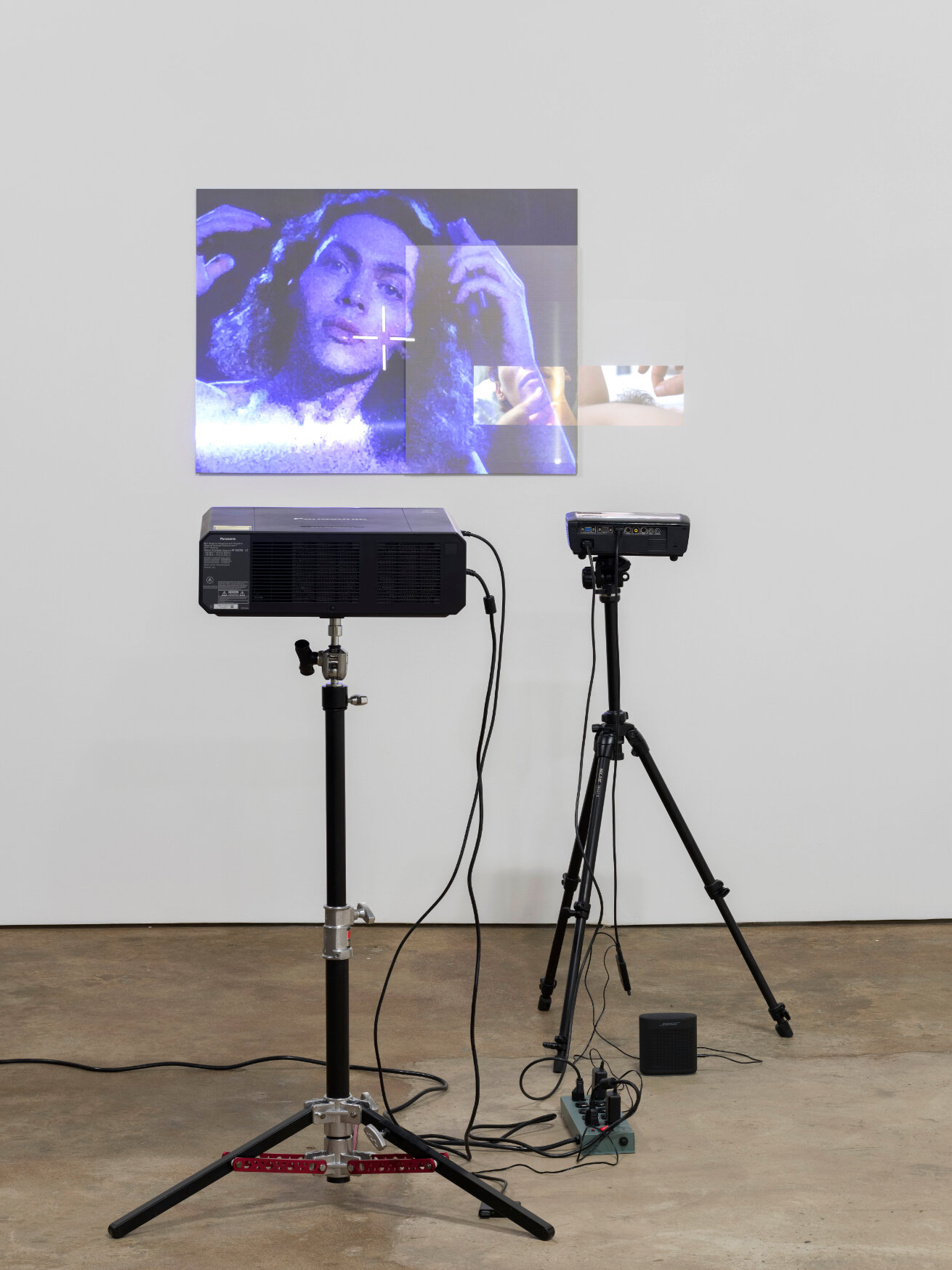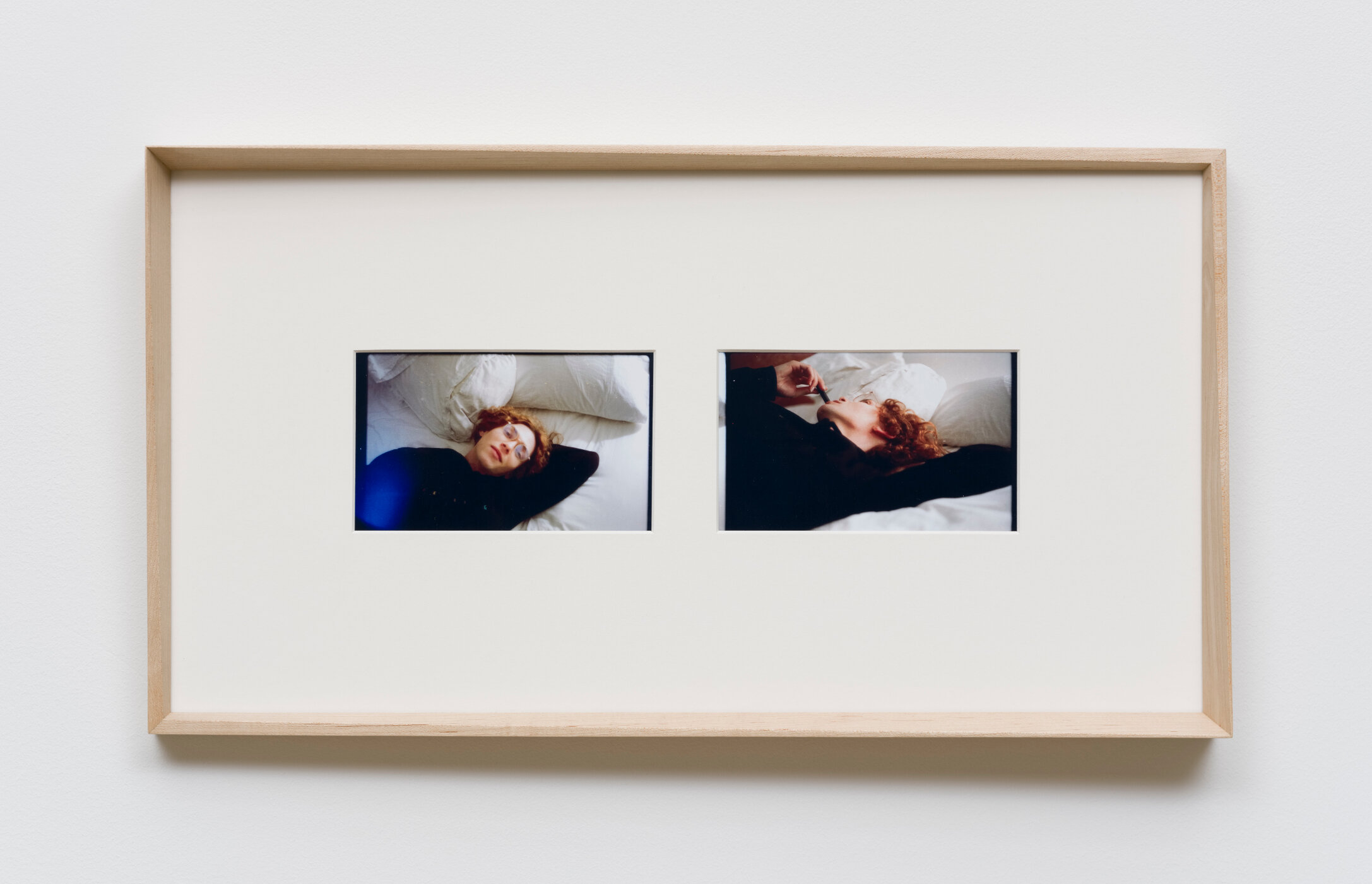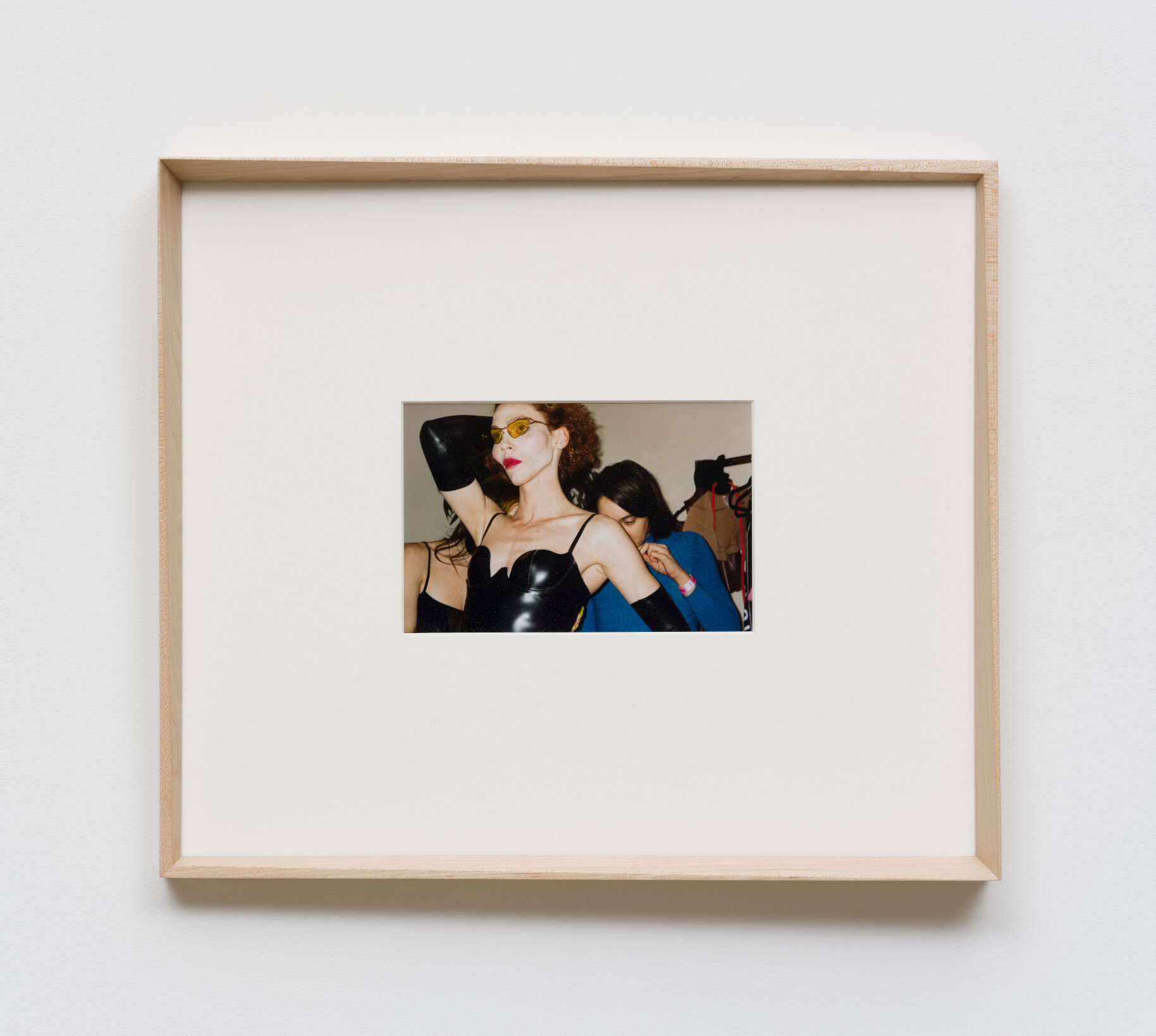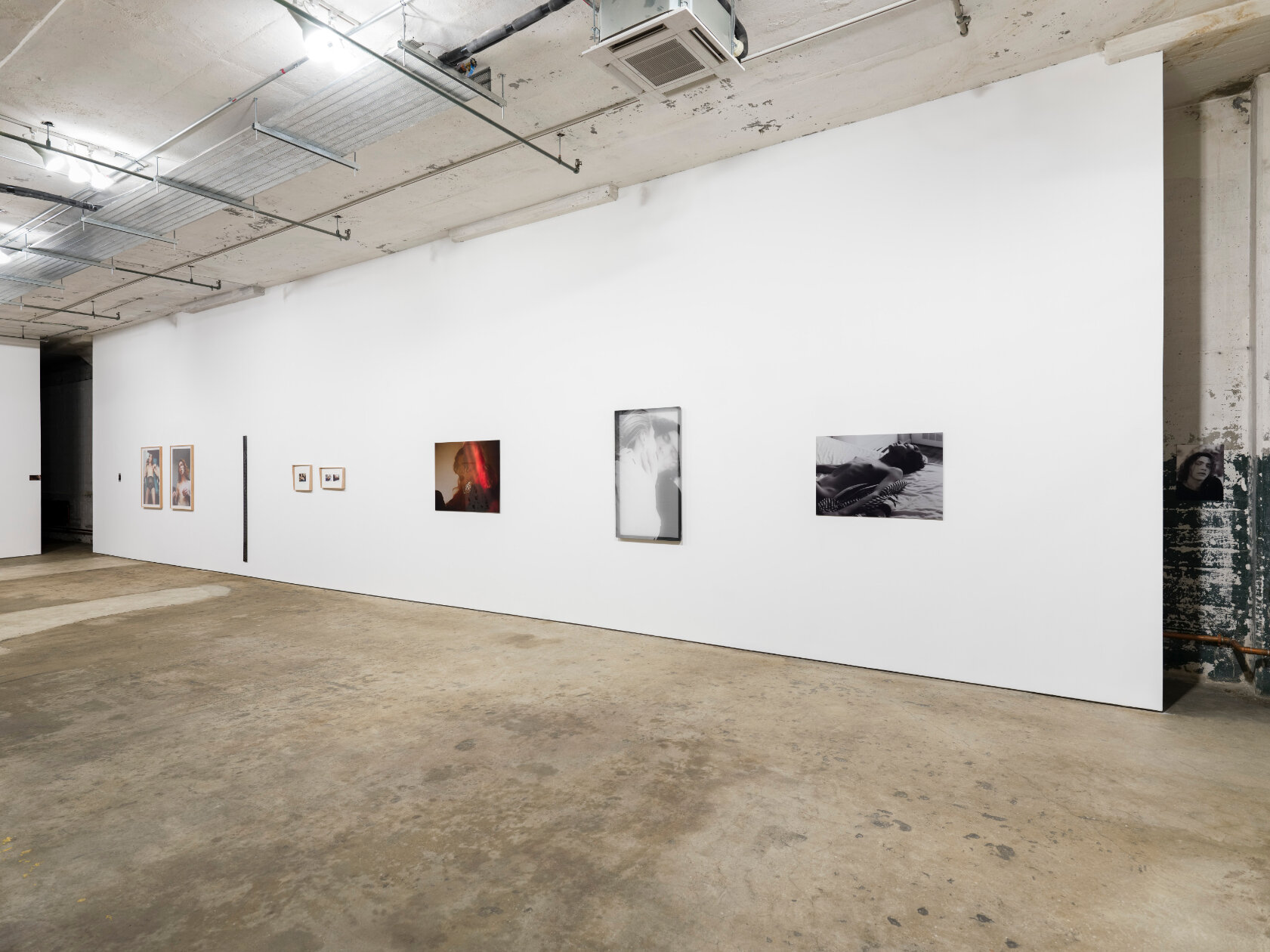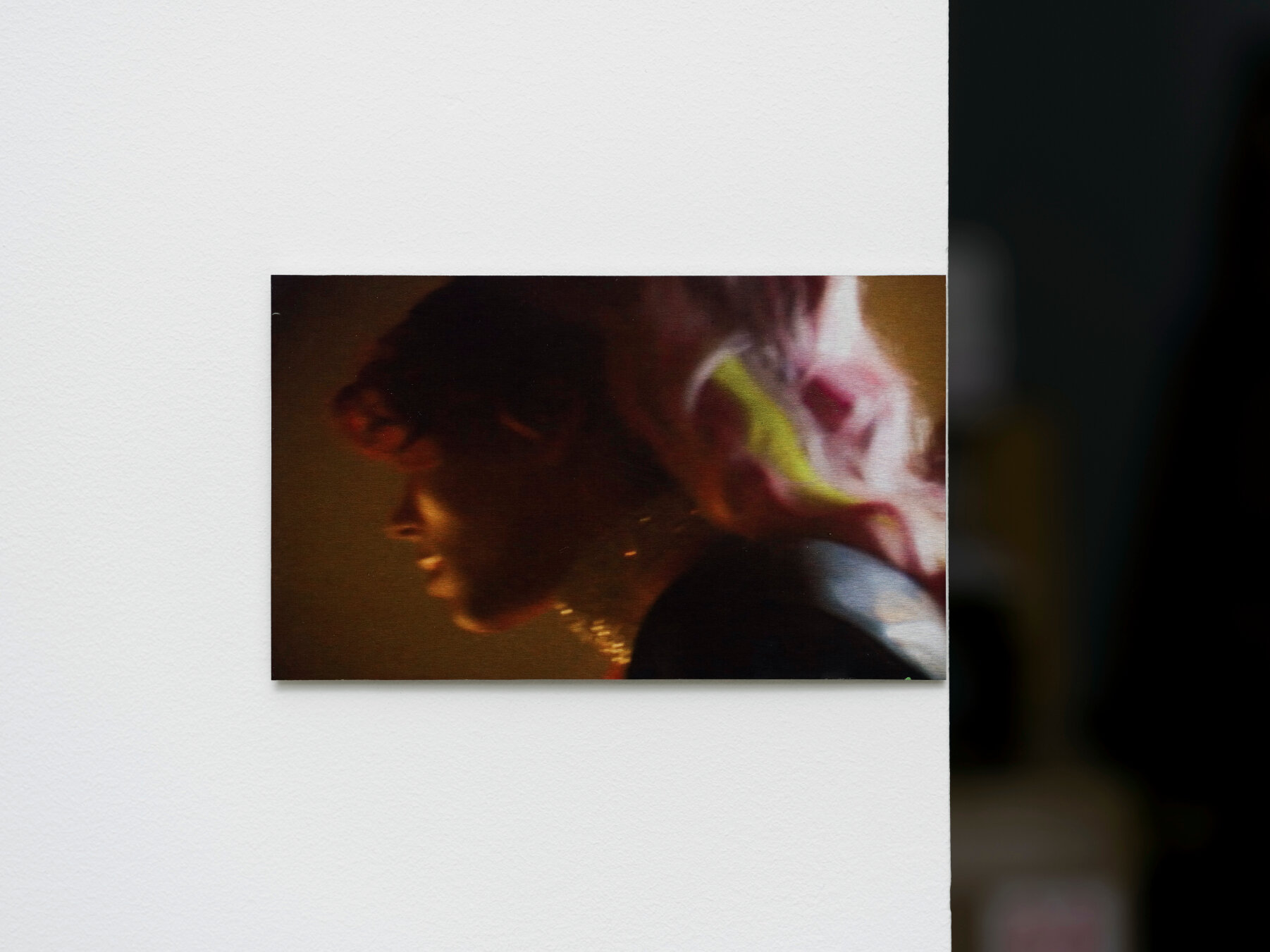shirt: Sportmax
top: Matoguo
glasses: Gentle Monster
necklace: Chanel via Vestiaire Collective
interview by Caroline Whiteley
photography by Matias Alfonzo
styling by Camille Pailler
set design by Matt Bianchi
casting by Alter Casting
hair by Tina Pachta
makeup by Nikolas Paroutis
nails by Camilla Inge
Evita Manji is an Athens-based artist and vocalist who implements their carefully constructed practice of sound design into live shows and productions. In addition to founding the independent music label, myxoxym, they have collaborated with numerous artists across various media. Their most recent release is a compilation of international artists with all proceeds going to ANIMA, a non-profit association active in the field of natural environment, with its main activity being the nursing and rehabilitation of wild animals in their natural environment. One of their more recent singles, OIL/TOO MUCH addresses the toxic effects of crude oil extraction on the planet and all its inhabitants as well as the exploitation of its laborers. A process akin to drowning and being burned alive simultaneously.
CAROLINE WHITELY: You are primarily known as an artist and vocalist, but what are some of your other chosen mediums?
EVITA MANJI: I'm doing 3D and graphic design on the side, and I really enjoy making bags and clothes. I generally love experimenting with all kinds of mediums and acquiring new skills. My latest obsession has been crocheting.
hoodie and jumper: Givenchy
leggings: After Work Studio
shoes: Abra
cap: Givenchy
shirt: Valentino
glasses: Gentle Monster
full look: Prada
hat: Evita Manji
earrings: Panconesi
WHITELEY: You designed the cover for BABYNYMPH and BAYLI's Clown Shit cover. How important is collaboration in your practice?
MANJI: Even though collaborating with others is not very easy for me, I really love doing it when it's with the right people and our visions complement each other.
WHITELEY: Why did you decide to start your label myxoxym?
MANJI: I started myxoxym because releasing my music through my own label and having total control over it made the most sense to me. It is incredible how accessible and easy it is to publish your own music nowadays, but it's not something that works for everyone! I'm not reluctant to release projects on another label in the future, maybe when a good opportunity comes my way, but I don't see myself compromising on my music and following instructions on how my music should be. Apart from releasing my own music, I wanted to use myxoxym in meaningful ways and support environmental causes that I felt didn't receive enough attention.
WHITELEY: What motivated you to put your charity compilation together?
MANJI: I was in Athens last summer during the wildfires, and the atmosphere was simply unbearable. There were ashes in the air for days, the sky was red because of the fires, and you just couldn't breathe. We weren't even allowed to leave our houses for days because of the toxic air condition. The devastation I felt inspired me to write my song “EYES/NOT ENOUGH”, and that's when we started putting togetherPLASMODIUM I. I always cared about animals the most and during the fires in Greece, I felt like it was the right time to start putting myxoxym's first charity compilation together to support the affected wildlife.
hat: Evita Manji
t-shirt & socks: Motoguo
skirt: Givenchy
shoes: Moon Boot
LEFT
necklace: Tétier Bijoux
dress: Yulia Kjellson
RIGHT
hat: stylist’s own
necklace: Bimbo y Lola
knit vest & skirt: Valentino
tights: Givenchy
shoes: CAMPERLAB
WHITELEY: You’re based in Athens. What would you say are some of the biggest challenges in the city's creative scene?
MANJI: There are certainly issues that artists are facing in the local scene. I would say the main ones are, first and foremost, a lack of interest and support from the government and the inability of the scene to sustain itself financially, which is also a result of the economy.
WHITELEY: Last year, you performed alongside Eartheater at Stavros Niarchos Foundation Cultural Center and Boiler Room. Would you say there's been an increased interest in the young underground scene in Athens at the moment?
MANJI: I don't consider myself an underground artist, and I believe none of my peers does, either. It's just the natural way things happen. You start small, and increasingly, people get to know and appreciate your work, and you end up playing bigger shows.
earrings: Panconesi
t-shirt: Christian Dior via Vestiaire Collective
denim: Richert Beil
shoes & bag: Abra
WHITELEY: Who are some local artists you're digging right now that should deserve more attention?
MANJI: My favourite ones are ice_eyes, (their sound design is just incredible), and of course, my extremely talented friends XOT33, BABYNYMPH, Raed Raees and FlokosH.











